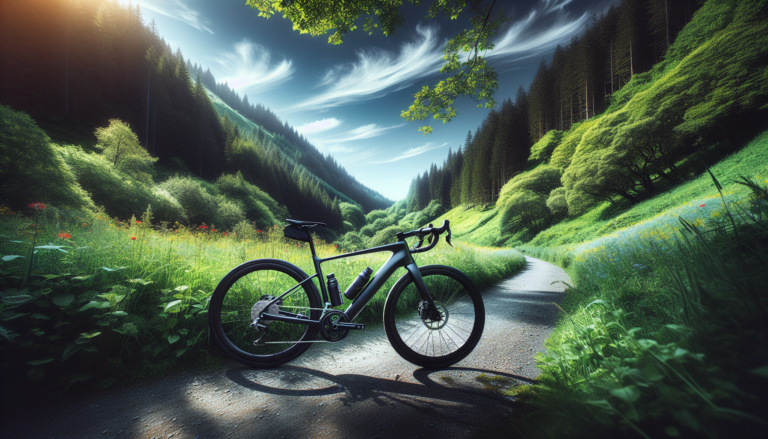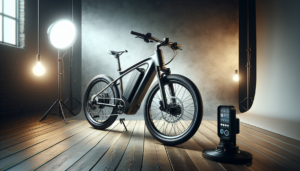Introduction to Biking 20 Miles
Biking 20 miles is a popular distance for many cyclists, whether they are beginners or experienced riders. It’s a distance that presents a challenge but is still achievable for most people with some training and preparation. Understanding how long it takes to bike 20 miles can help you set goals, track your progress, and improve your overall cycling performance.
20 miles is a common cycling distance for several reasons. It’s long enough to provide a good workout and build endurance, but not so long that it requires extensive training or takes up an entire day. Many organized rides and events feature 20-mile routes, making it a distance that many cyclists strive to complete.
Why 20 Miles is a Popular Distance
The popularity of the 20-mile bike ride can be attributed to several factors:
- It’s a round number that’s easy to remember and strive for
- It’s a manageable distance for most people with a moderate level of fitness
- It can be completed in a reasonable amount of time, usually between 1-2 hours
- It’s a common distance for organized rides and charity events
Factors Influencing Cycling Time
The time it takes to complete a 20-mile bike ride can vary widely depending on several factors:
- Fitness level: Cyclists with higher levels of fitness and endurance will typically complete the distance faster
- Terrain: Hilly or mountainous routes will take longer than flat routes
- Weather conditions: Wind, rain, and extreme temperatures can all impact cycling speed
- Bike type: Road bikes are generally faster than mountain bikes or hybrids
- Riding experience: More experienced cyclists tend to ride faster and more efficiently
Average Cycling Times for 20 Miles
So, how long does it take to bike 20 miles? While there is no one-size-fits-all answer, there are some general benchmarks that can give you an idea of what to expect. According to data from Strava, a popular cycling and running tracking app, the average 20-mile cycling time is around 1 hour and 30 minutes. However, this can vary significantly based on individual factors.
Cycling Times by Age and Ability
Cycling performance tends to decline with age, but this can be offset by experience and training. Here are some average 20-mile cycling times broken down by age group and ability level:
| Age Group | Beginner | Intermediate | Advanced | Elite |
|---|---|---|---|---|
| 20-24 | 1:53:07 | 1:31:04 | 1:18:52 | 1:10:45 |
| 30-34 | 1:55:46 | 1:33:03 | 1:20:36 | 1:12:17 |
| 40-44 | 1:59:00 | 1:35:39 | 1:22:56 | 1:14:26 |
| 50-54 | 2:03:08 | 1:39:03 | 1:26:01 | 1:17:18 |
Average Times for Men and Women
On average, men tend to have faster cycling times than women due to physiological differences like muscle mass and lung capacity. However, these differences are less pronounced among elite cyclists. Here are the average 20-mile times for men and women:
- Men: 1:26:37
- Women: 1:41:34
Improving Your 20 Mile Cycling Time
Whether you’re a beginner or an experienced cyclist, there are always ways to improve your cycling time and get faster over 20 miles. Here are some tips and techniques to help you shave minutes off your personal best:
Training Tips and Techniques
- Ride consistently: The more you ride, the faster and more efficient you’ll become
- Incorporate interval training: Alternating between high-intensity bursts and active recovery periods can boost your speed and endurance
- Work on your cadence: Aim for a cadence of 80-100 revolutions per minute to optimize your pedaling efficiency
- Practice proper riding position: Staying low and aerodynamic on the bike can help you cut through wind resistance
- Fuel properly: Eating and hydrating before, during, and after your rides can help you maintain energy levels and recover faster
Equipment and Gear Considerations
Having the right equipment and gear can also make a big difference in your cycling speed and performance:
- Invest in a lightweight bike: A lighter bike requires less energy to propel forward, especially on climbs
- Use high-quality tires: Tires with low rolling resistance can help you maintain speed with less effort
- Wear form-fitting clothing: Loose, flappy clothing creates drag that can slow you down
- Consider clipless pedals: Clipless pedals allow for a more efficient pedal stroke and better power transfer
- Get a professional bike fit: A properly fitted bike can improve comfort, reduce the risk of injury, and boost performance
Setting Personal Goals and Benchmarks
One of the best ways to motivate yourself and track your progress is to set personal cycling goals and benchmarks. Here are some tips for setting and achieving your 20-mile cycling targets:
Tracking Your Progress
- Use a cycling computer or app: Devices like Garmin, Wahoo, and Strava can track your distance, speed, time, and other metrics
- Keep a training log: Recording your rides, times, and feelings can help you identify patterns and track improvements
- Test yourself periodically: Doing a 20-mile time trial every few weeks can show you how your fitness is progressing
- Celebrate milestones: Recognizing achievements like new personal bests can help keep you motivated
Adjusting Your Training Plan
As you work towards your cycling goals, you may need to adjust your training plan based on your progress and schedule:
- Be flexible: Life events, illness, and injury can all require changes to your plan – be adaptable
- Listen to your body: If you’re feeling overly fatigued or sore, don’t be afraid to take an extra rest day
- Increase mileage gradually: To avoid injury and burnout, follow the 10% rule by not increasing your weekly mileage by more than 10% at a time
- Mix it up: Incorporating cross-training activities like strength training, yoga, or swimming can provide balance and variety
Conclusion
Biking 20 miles is an exciting goal for cyclists of all levels. Understanding the factors that influence your cycling time, as well as the average benchmarks for your age and ability, can help you set realistic expectations and track your progress. By incorporating smart training techniques, optimizing your equipment, and consistently working towards your goals, you can become a faster, stronger cyclist over time. Remember, every ride is an opportunity to learn, grow, and enjoy the journey. Happy cycling!






